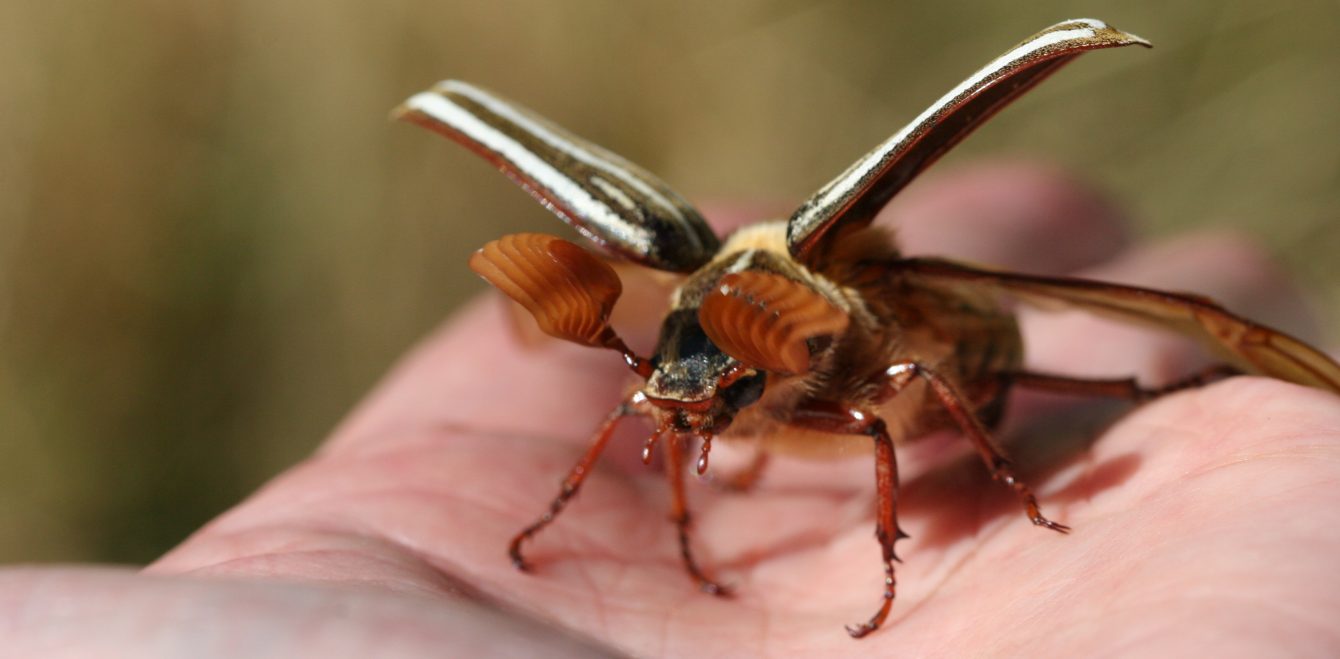San Juan County, WA Spider Information – Resource Sheet

Scared of Spiders? Here’s a go-to info-sheet (that I plan to update as time allows) with links to verifiable, research-backed Spider Information/Literature. Let’s end all the misinformation and our arachnophobia. Too often people buy into false reports. Don’t listen to someone’s tall tale of horror. These stories are sensationalized and inaccurate. Know the facts. Dispel the rumors. Spiders are not out to kill you. It’s just not true.
YOU have to do the reading! These are scientifically based, accurate studies with information related to spider bites.
Hobo Spiders (Tegenaria agrestis) ****Medically insignificant
*Bennett RG, Vetter RS. An approach to spider bites. Erroneous attribution of dermonecrotic lesions to brown recluse or hobo spider bites in Canada. Can Fam Physician. 2004 Aug;50:1098-101. PMID: 15455808; PMCID: PMC2214648 https://www.ncbi.nlm.nih.gov/pmc/articles/PMC2214648/pdf/15455808.pdf.
*Melissa M. Gaver-Wainwright, Richard S. Zack, Matthew J. Foradori, Laura Corley Lavine, Misdiagnosis of Spider Bites: Bacterial Associates, Mechanical Pathogen Transfer, and Hemolytic Potential of Venom From the Hobo Spider, Tegenaria agrestis (Araneae: Agelenidae), Journal of Medical Entomology, Volume 48, Issue 2, 1 March 2011, Pages 382–388, https://doi.org/10.1603/ME09224
How to identify and misidentify a Hobo Spider –https://s3.wp.wsu.edu/uploads/sites/2210/2015/05/PLS116_1.pdf
Brown Recluse Spiders (Loxoceles sp) – NO! I repeat “NO, none, nada!” established populations in our area.
In the attached links below, you will find links to information about the Brown Recluse Spider. Information that comes from a verified, reputable source – from an actual expert. Brown Recluse spiders do not live in the San Juan Islands. Caveat: this is not to say that if you move here from an area where there ARE established populations, one might be found hitching on your moving boxes. It’s possible, BUT – they have not been able to survive and breed here. If you see a large brown spider in your house – especially on the ceiling, it is most likely (99.99%) going to be a Giant House Spider (Eratigena duellica). They are very common and harmless. If you don’t like them, just catch in a cup and take it to a sheltered area outside – preferably another structure where it might have a chance to survive. They won’t hurt you.
Map showing distribution of Brown Recluse spiders (Please note that San Juan County is NOT found on this map) – https://spiders.ucr.edu/spiders-map

- How to identify and MIS-identify a Brown Recluse Spider – https://spiders.ucr.edu/how-identify-and-misidentify-brown-recluse-spider
- What is NOT a Brown Recluse bite – https://spiders.ucr.edu/what-not-recluse-bite
- More on Brown Recluse spiders – https://spiders.ucr.edu/brown-recluses
- What expert Rick Vetter has to say about Brown Recluse Spiders – https://spiders.ucr.edu/myth-brown-recluse-fact-fear-and-loathing
- If it’s not a brown recluse or hobo spider bite, what is it? Causes of necrotic wounds that aren’t from spider bites. – https://spiders.ucr.edu/causes-necrotic-wounds-other-brs-bites
Where else can I find reliable information on Spiders?
There are a few sources I’ll list here. The first two are the ones you should look at first. They are valuable resources with information from highly credentialed experts in all things arachnid-related. If you read something written by either Rod Crawford (Seattle Burke Museum curator of the arachnid collection) or by Rick Vetter (UC Riverside Department of Entomology), you can be assured it is correct.
As a local resource, you can also check out the Facebook Bug Group (Bugs of the San Juan Islands). There are several group “experts” with experience identifying spiders. These folks generously volunteer their time and knowledge, so keep that in mind and please refrain if you feel inclined to INSIST they are wrong and there are INDEED Brown Recluse Spiders living in your house in San Juan County. If you have a spider you’d like identified, it helps to have a couple of clear photos to submit. Try and get a shot of the dorsal (top) of the spider, and if you’re able, one of its face – showing eye pattern. You may contact me, Cynthia Brast-Bormann at cynthiabrast@icloud.com to submit live or deceased specimens for identification. I will help you coordinate a drop off point for collection. Please don’t indiscriminately KILL a spider though and ask me to ID it. It will likely make reliable identification more difficult. Just get a cup and a lid with some air holes punched in the top. I appreciate your showing kindness to the helpless creature you’ve caught. I will ID and humanely release.
Here’s a link to Rod Crawford’s site – http://staff.washington.edu/tiso/
If you’re interested, here’s a link to his blogpost of our 2022 outing on San Juan at Reuben Tarte Park collecting spiders – https://crawford.tardigrade.net/journal/album8630.html
More great links featuring Rod Crawford:
- Spiders aren’t out to get you – https://www.seattletimes.com/seattle-news/science/seattles-real-spider-man-sets-us-straight-theyre-not-out-to-get-you/
- Spider Q&A with Rod Crawford – https://www.burkemuseum.org/news/spider-qa-rod-crawford
- Spider Myths and Facts from the Burke Museum’s spider expert – https://youtu.be/brnHKYYMptI
Rick Vetter UCR
Myth of the Brown Recluse: Fact, Fear, and Loathing
https://spiders.ucr.edu/myth-brown-recluse-fact-fear-and-loathing
Local help:
Bugs of the San Juan Islands Facebook Group – There are at least 4 spider group experts and folks with entomology degrees or experienced backgrounds in the group who are more than qualified to help you. https://m.facebook.com/groups/bugsofthesanjuanislands/about/
Bugging You from San Juan Island (Cynthia Brast-Bormann’s entomology blog for the San Juan Islands) https://buggingyoufromsanjuanisland.com
Great YouTube information and fun links to watch from one of Bugs of the San Juan Island’s group experts, Arlo Pelegrin (entomologist and arachnologist)
- Spiders of the West and their Medical Significance – Arlo Pelegrin at Dept of Health
- Meet the Scientist Who Wants You to Love Spiders https://youtu.be/SqU0ztPXfjw
- Spider Bite Test: Woodlouse Hunter https://youtu.be/Lz6pirQT_5o
- Hobo Spider Bite test – https://youtu.be/9gVEAhFBeHs
- Hobo Spider Bite PSA Science vs. Myth – https://youtu.be/WdEtkXq53wM
- Brown recluse spiders PSA: Can you handle the truth? https://youtu.be/9IqwsTScu0k
- Brown Recluse and Black widow on my hand at the same time – https://youtu.be/i4u6SEZlbPs

What a great PSA, Cynthia! I hope folks take the time to educate themselves!
LikeLike